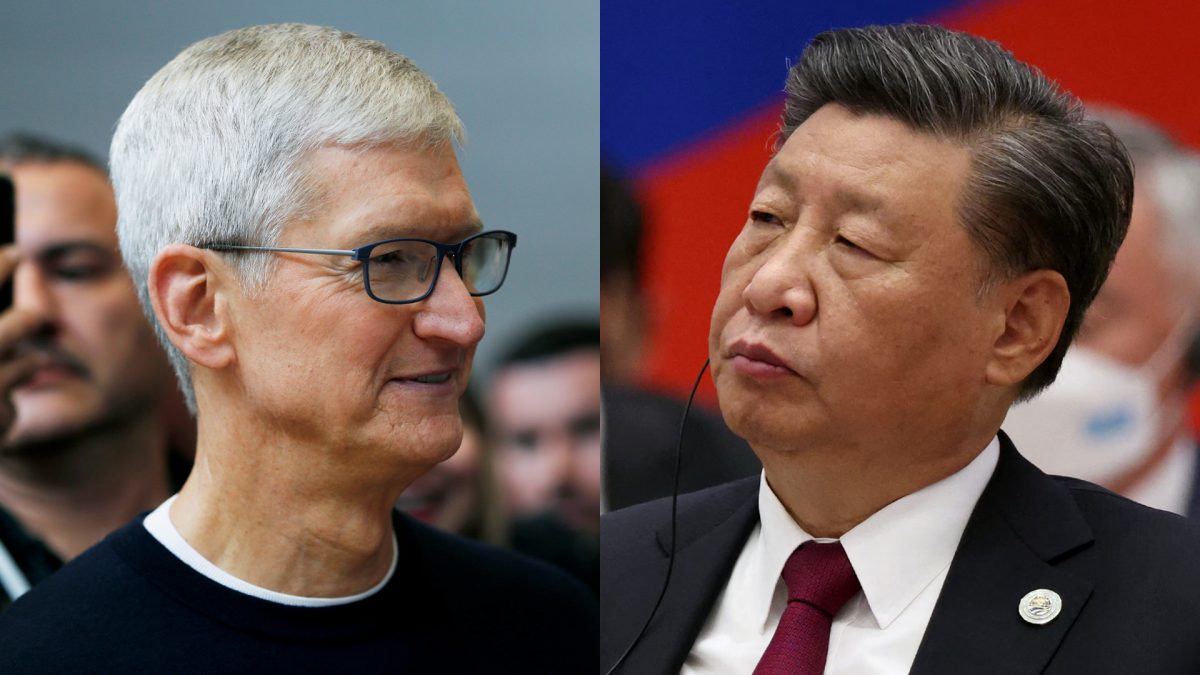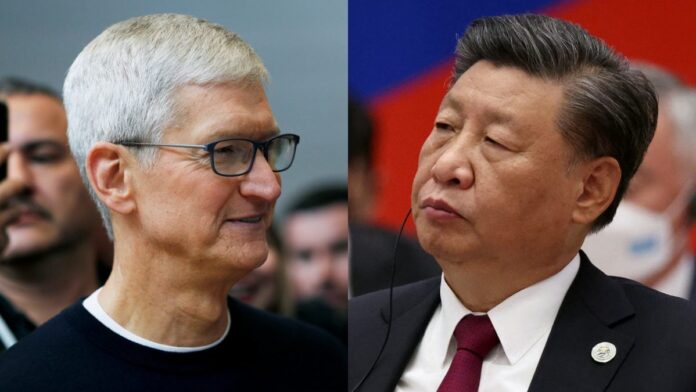Other than material constraints, China has also limited the movement of Apple’s Chinese technicians to India, restricting the transfer of expertise that could accelerate India’s manufacturing capabilities
read more
)
India’s manufacturing push is showing results, with forecasts suggesting that by 2025, more than 20 per cent of global iPhone production will come from the country. Image Credit: Reuters
Murata Manufacturing, a key supplier of iPhone components, is considering shifting part of its production to India as Apple continues to diversify its supply chain. The Kyoto-based company, which manufactures multilayer ceramic capacitors (MLCCs) used in smartphones, servers, and gaming consoles, is evaluating the feasibility of increasing its presence in India to meet growing demand, as per a Bloomberg report.
Murata’s move aligns with Apple’s ongoing efforts to reduce reliance on China by expanding manufacturing operations in India. However, China, concerned about losing its dominance in global electronics production, has been making it harder for Apple and its suppliers to expand in India by restricting exports of key materials and high-tech equipment, as reported by Firstpost earlier.
Murata’s expansion plans in India
Currently, 60 per cent of Murata’s MLCCs are produced in Japan, but this share is expected to drop closer to 50 per cent in the coming years as the company diversifies production. To test long-term demand, Murata has leased a plant in OneHub Chennai Industrial Park in Tamil Nadu, where it plans to begin packaging and shipping ceramic capacitors by April 2026. The 1 billion Japanese yes ($6.6 million) five-year lease will help the company assess whether to invest in a full-scale factory in India.
While India presents a promising opportunity due to its booming electronics market and government incentives, Murata is proceeding cautiously. Infrastructure limitations, especially concerning power supply and component sourcing, remain key challenges. However, the company believes that establishing an early presence will help it respond quickly to evolving market conditions.
China’s resistance to Apple’s supply chain shift
Apple’s gradual shift away from China-centric manufacturing has raised concerns in Beijing. In response, China has been restricting the export of critical materials and high-tech equipment, making it harder for Apple suppliers like Foxconn and Murata to quickly scale operations in India.
Beyond material constraints, China has also limited the movement of Chinese technicians to India, restricting the transfer of expertise that could accelerate local manufacturing capabilities. Meanwhile, Apple itself has faced regulatory hurdles in China, including a government crackdown on Apple device usage among officials and strict AI regulations, forcing the company to collaborate with a Chinese tech firm for iPhone AI features.
India strengthens Apple’s manufacturing base
Unlike China, India’s government has actively supported Apple’s expansion, offering billions in incentives under the Production-Linked Incentive (PLI) program. This effort has successfully attracted major Apple suppliers, including Foxconn, Wistron, and Tata, to establish production facilities in the country.
India’s manufacturing push is showing results, with forecasts suggesting that by 2025, more than 20 per cent of global iPhone production will come from the country. While China continues to resist Apple’s shift, India’s large workforce, rising domestic demand, and pro-manufacturing policies make it an increasingly attractive hub for global tech giants.
Murata’s decision to enter India reflects the broader shift in the global electronics supply chain, though the full extent of its investment will depend on how well the country addresses its infrastructure challenges.
End of Article



